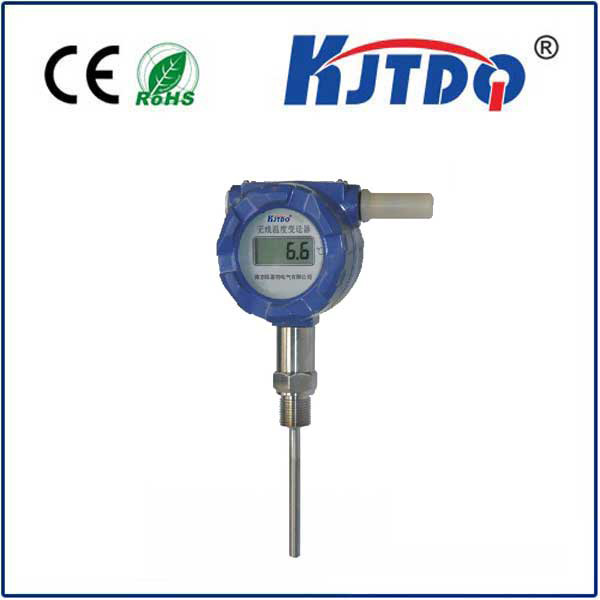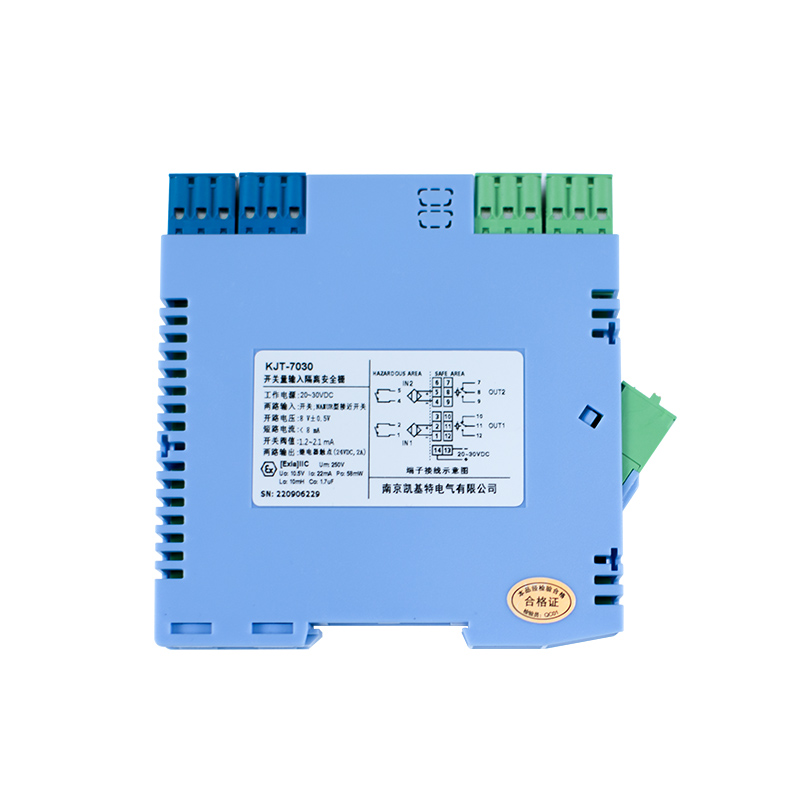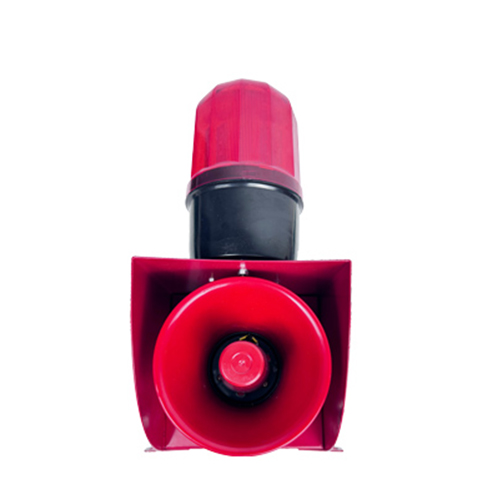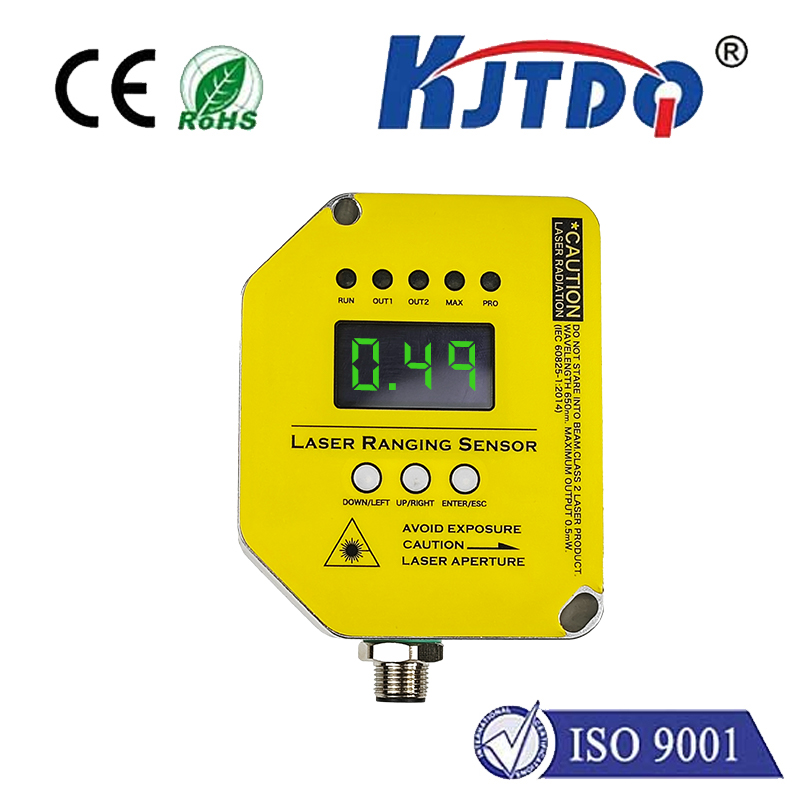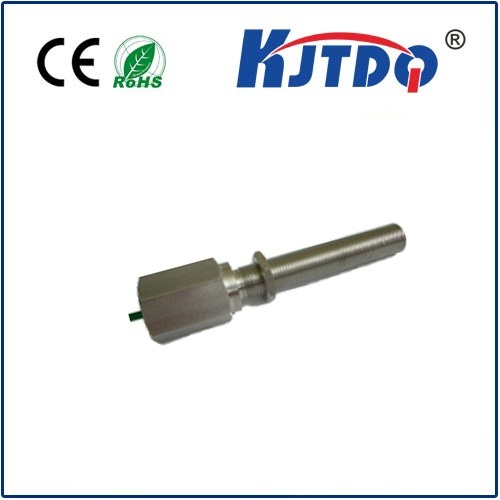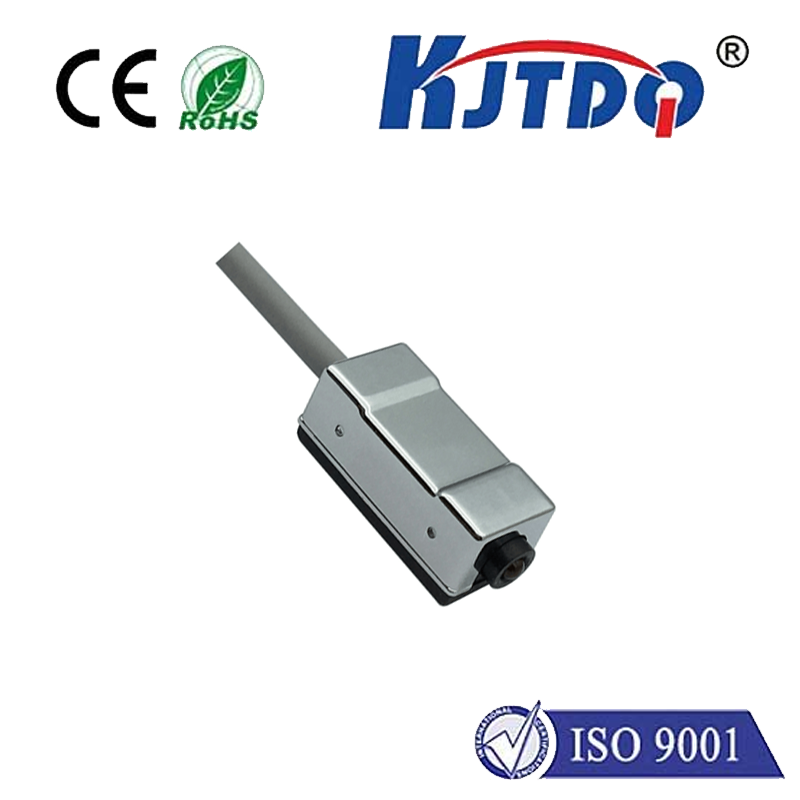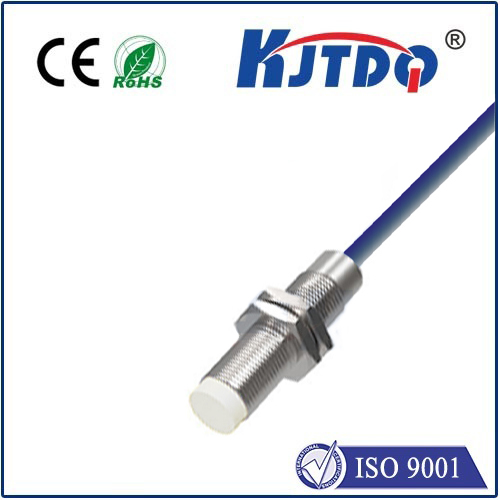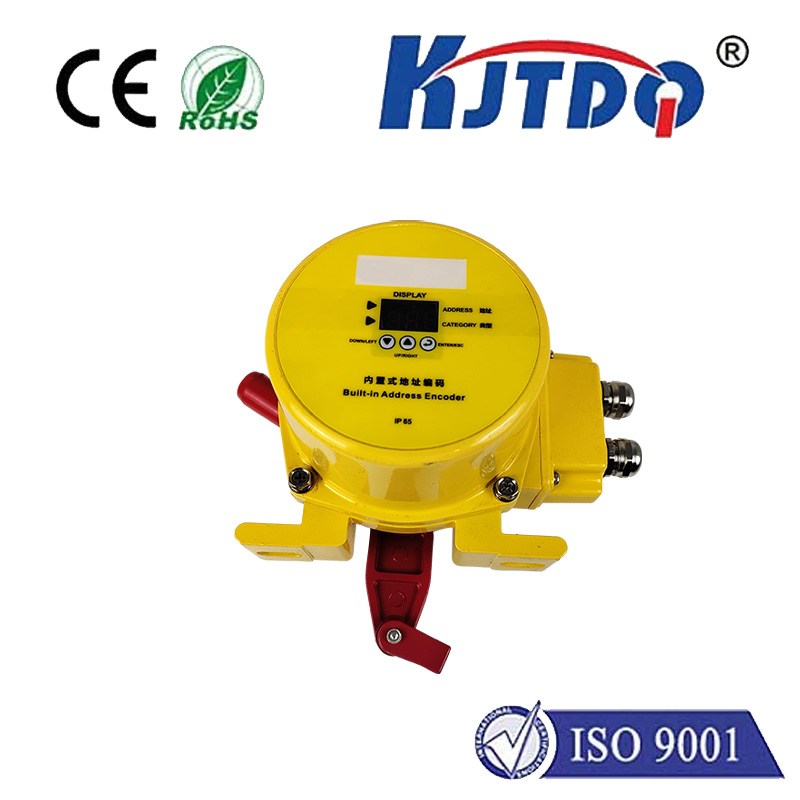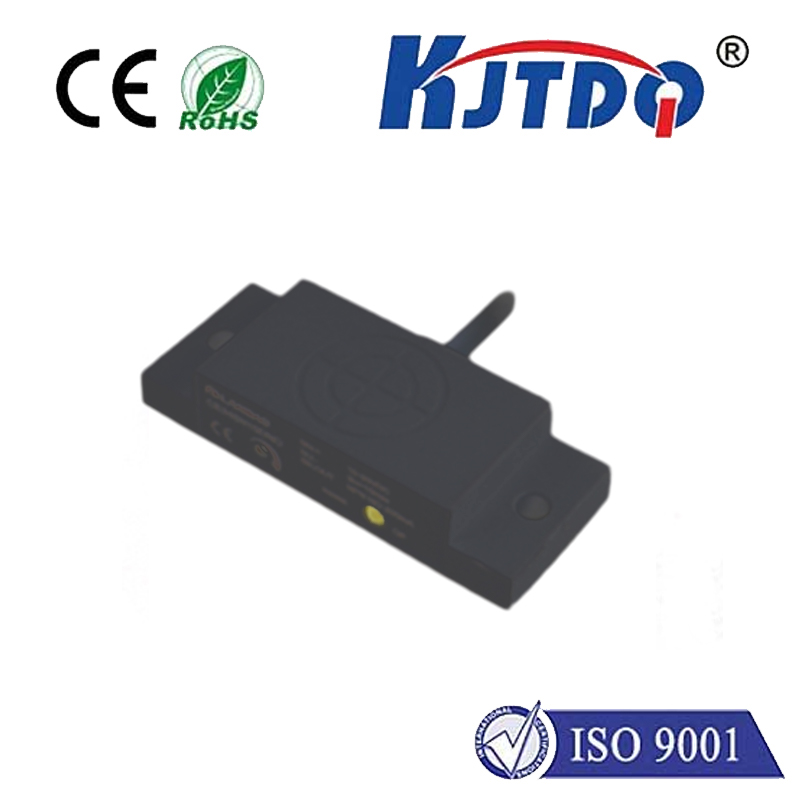напряжение датчика приближения
- time:2025-06-24 00:46:01
- Нажмите:0
Understanding Proximity Sensor Voltage: The Silent Language of Distance Detection
Imagine your smartphone screen dimming as you raise it to your ear, or an industrial robot arm halting millimeters before crushing an unexpected obstacle. These seamless interactions hinge on a critical, often unnoticed factor: напряжение датчика приближения. This electrical output is the fundamental language through which proximity sensors communicate the presence or absence, and crucially, the distance of nearby objects to a control system.
More Than Just On/Off: The Voltage Signal Explained
At its core, a proximity sensor detects the presence of an object within its specified sensing range without physical contact. While the underlying technology varies widely – encompassing inductive, capacitive, ultrasonic, photoelectric (IR), and magnetic principles – they all share a common output: an electrical voltage signal.
- Digital Outputs: Many sensors provide a simple high/low or on/off voltage signal. For instance, an NPN sensor might pull its output line close to 0V when an object is detected (“ON”), and float high (e.g., to the supply voltage like 12V or 24V) when no object is present (“OFF”). Conversely, PNP sensors output a high voltage when detecting an object. This binary voltage state is easy for microcontrollers and PLCs to interpret but only indicates presence, not distance.
- Analog Outputs: A significant class of proximity sensors provides an analog voltage output. This voltage continuously varies in proportion to the distance between the sensor and the target object within its linear range. This is where voltage interpretation becomes paramount.
Decoding Analog Voltage: Distance in Millivolts

An analog proximity sensor translates detected distance into a corresponding voltage level. Understanding this voltage-distance relationship is essential for precision applications.
- The Sensing Range & Linearity: Every sensor has a specified nominal sensing range (e.g., 0-10mm). Crucially, within a defined “linear range” (often a subset of the nominal range, e.g., 2-8mm), the change in output voltage is proportional to the change in distance. For example, a sensor might output 0.5V at 2mm and 4.5V at 8mm.
- Supply Voltage Dependency: The analog output is typically ratiometric. This means the absolute output voltage scales with the sensor’s supply voltage. A sensor providing 0-10V output with a 12V supply will likely output 0-5V if powered by only 6V. Always consult the datasheet specifications for the exact relationship. Ignoring ratiometric behavior is a common source of calibration error.
- Scaling and Interpretation: Mapping the measured voltage back to actual distance requires knowing the sensor’s transfer function. This is often linear within its specified range:
- Output Voltage at Far Point (V_far): Voltage when object is just at the limit of the sensing range (or beyond).
- Output Voltage at Near Point (V_near): Voltage when object is closest (within linear range).
- Distance (d) Calculation (Simplified Linear):
d = [(V_measured - V_near) / (V_far - V_near)] * (d_far - d_near) + d_near
(Always verify with sensor datasheet - some sensors have inverse relationships).
Why Voltage Characteristics Matter: Beyond Simple Detection
Understanding and correctly interpreting напряжение датчика приближения is vital for several reasons:
- Precision Positioning: Analog voltage outputs enable highly accurate distance measurement. This is indispensable in applications like robotic assembly (aligning parts), semiconductor manufacturing (wafer handling), and hydraulic/pneumatic cylinder positioning feedback.
- Speed and Control: Even digital sensors rely on voltage transitions. The switching speed (how quickly the output voltage changes state) determines how fast a control system can react. Understanding voltage rise/fall times is critical in high-speed automation.
- Noise Immunity & Signal Integrity: Voltage signals, especially analog ones, are susceptible to electrical noise (EMI/RFI) in industrial environments. Proper wiring (shielded cables), grounding practices, and understanding the sensor’s output drive capability (ability to supply current without voltage drop) are essential to maintain signal integrity. Noise can cause false triggers or inaccurate analog readings.
- Threshold Setting: For digital sensors, the concept of operating points and hysteresis relates directly to voltage. The distance where an object causes the output voltage to switch states (e.g., from High to Low) is the “operating point.” Отставание is the intentional difference between the “switch on” and “switch off” distances (preventing rapid oscillation near the detection boundary), effectively creating a voltage deadband for the switch.
- Diagnostics & Troubleshooting: Measuring the output voltage is often the first step in diagnosing a malfunctioning sensor. Is the voltage stuck high or low? Is the analog voltage fluctuating erratically? Is it within the expected range for the sensed distance? Probing the voltage signal provides immediate clues about sensor health, wiring issues, or power supply problems. A stable power supply voltage is critical for consistent sensor performance.
Key Factors Influencing Output Voltage
Several elements directly impact the sensor output voltage characteristics:
- Target Material and Size: Inductive sensors are sensitive to metal type and size. Capacitive sensors react to material density and dielectric constant. A change in target can alter the effective sensing range and output curve. Always calibrate with the specific target material.
- Sensor Type & Technology: Inductive sensors excel with metals but offer limited range. Capacitive detect almost anything but can be sensitive to environmental factors. Ultrasonic and Photoelectric sensors offer longer ranges but have different voltage output characteristics and potential interference sources. Choosing the right sensor technology dictates the voltage behavior.
- Alignment and Mounting: Incorrect alignment between the sensor face and the target object or improper flush/non-flush mounting (for inductive) distorts the detection field, leading to inconsistent voltage output and reduced effective range.
- Temperature: Extreme temperatures can affect sensor electronics and the physical properties of sensing elements, potentially causing voltage drift in the output. High-quality sensors specify operating temperature ranges and temperature drift coefficients.
- Electrical Load: Connecting an analog sensor to an input with too low resistance (high load) can cause the output voltage to sag below its true value. Ensuring the input impedance of the receiving device (PLC, controller) is significantly higher than the sensor’s minimum specified load is crucial.
- Hysteresis: As mentioned, built-in hysteresis prevents output voltage oscillation near the switching point but introduces a distinct “turn on” vs. “turn off” distance (and corresponding voltage thresholds).
Best Practices for Reliable Voltage Interpretation
To ensure your proximity sensor’s voltage signal accurately reflects the real-world situation:
- Datasheet is King: Religiously consult the manufacturer’s datasheet. It provides essential details: supply voltage range, output type (NPN/PNP/Analog), output voltage levels, switching characteristics, linear range (for analog), sensing curves, temperature specifications, and wiring diagrams.
- Match the Load: Confirm the sensor’s output drive capability meets or exceeds the input requirements of your controller, especially for long cable runs or high-impedance analog inputs. Use shielded cables for analog signals or noisy environments.
- Stable Power Supply: Use a well-regulated power supply. Voltage fluctuations directly impact analog output accuracy and digital switching points.
- Calibration is Crucial (for Analog): Periodically calibrate analog proximity sensors using known distance targets to verify the voltage-distance relationship remains accurate. Factor in the target material.
- Mind the Environment: Consider temperature extremes, humidity, contaminants (oil, dust - IP rating matters), vibration, and potential sources of

